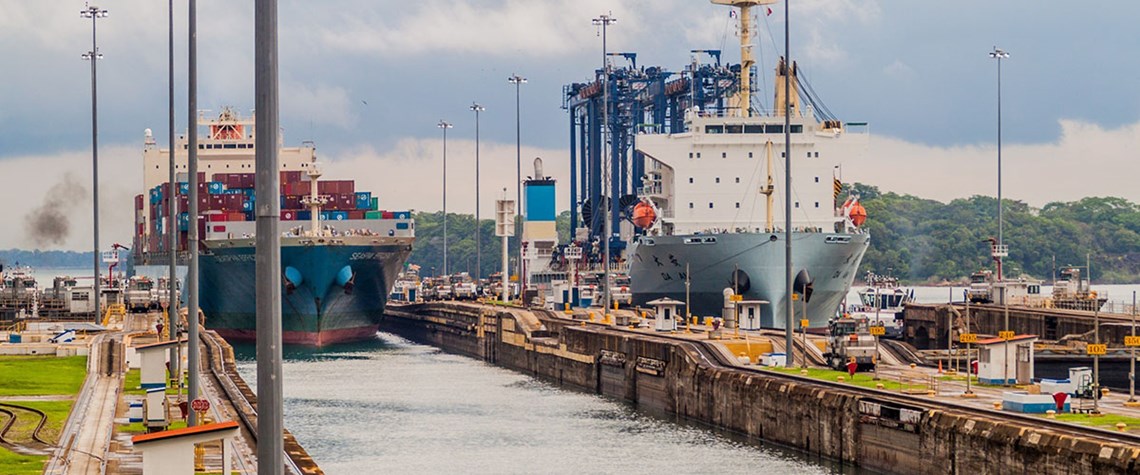Panama puts itself forward
The Central American nation wants to make the most of its geographical position to supply the rest of the continent with energy
Panama's government wants to use its pivotal location and liberal fiscal policies to transform the country into a regional power and energy hub, putting itself ahead of competitors in the region. Last year's $5.4bn extension of the Panama Canal, which has created the option for ships carrying cargoes of liquefied natural gas to travel between the US and Asia, is a catalyst for the development of a gas hub. The US-based AES Corporation—an electric power distribution company—will open the 1.5m-tonnes-a-year Costa Norte LNG terminal and power project in Colon, at the entrance of the Panama Canal, next year. A gas-fired power plant is expected to come online in the third quarter of 2018, followe

Also in this section
12 December 2025
The latest edition of our annual Outlook publication, titled 'The shape of energy to come: Creating unique pathways and managing shifting alliances', is available now
12 December 2025
The federal government is working with Alberta to improve the country’s access to Asian markets and reduce dependence on the US, but there are challenges to their plans
11 December 2025
The removal of the ban on oil and gas exploration and an overhaul of the system sends all the right messages for energy security, affordability and sustainability
10 December 2025
The economic and environmental cost of the seven-year exploration ban will be felt long after its removal







